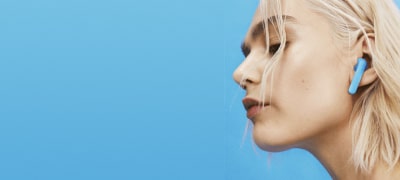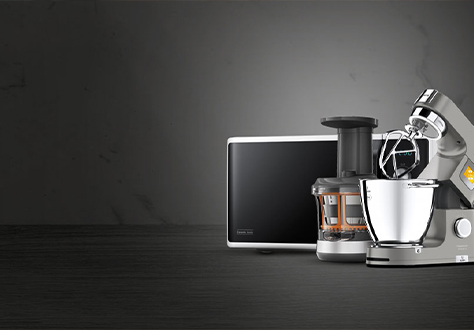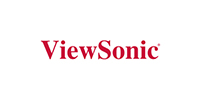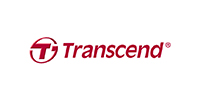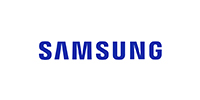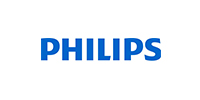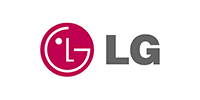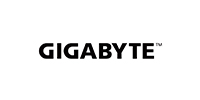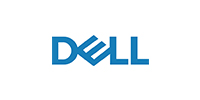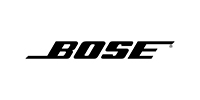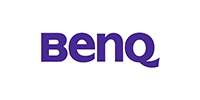The Most Popular Baby Skincare Products of 2025: A Data-Driven Guide

As parents increasingly prioritize safety, natural ingredients, and sustainability, the baby skincare market has evolved to meet these demands. This article explores the top-selling baby skincare products of 2025, backed by expert insights, consumer trends, and rigorous testing.
Market Overview
The global baby skincare market is projected to reach $217 billion by 2030, driven by a 5.08% CAGR from 2025 onward. Key trends include:
- Organic and clean-label products: Over 60% of parents now prioritize chemical-free, non-GMO formulations.
- Sustainability: Eco-friendly packaging and biodegradable materials are critical selling points, with brands like Believe Baby leading in bamboo-based diapers and wipes.
- Medical endorsements: Products with dermatologist and pediatrician approvals dominate sales, such as CeraVe Baby Moisturizing Lotion, which holds the National Eczema Association seal.
Top-Selling Baby Skincare Products
1. Earth Mama Organic Diaper Balm
- Key Features: Combines olive oil, shea butter, and beeswax for natural rash relief. USDA Organic certified and free from synthetic fragrances.
- Why It Sells: Ranked #1 on The Good Trade for its effectiveness against eczema and cradle cap. Parents praise its non-sticky texture and minty freshness.
- Price: 4–4–18 (depending on product size).
2. Pipette Baby Balm
- Innovation: Uses sugarcane-derived squalane, mimicking the protective vernix newborns are born with. Clinically proven to soothe dry, sensitive skin.
- Certifications: EWG Verified and pediatrician-approved. A favorite for its multipurpose use on cheeks, elbows, and diaper areas.
- Price: 5–36.
3. CeraVe Baby Moisturizing Lotion
- Expert Pick: Named the best overall baby lotion by The Bump for its ceramide-rich formula, which repairs the skin barrier without irritation.
- Market Impact: Holds a 22% share in the U.S. baby lotion segment, with sales boosted by its National Eczema Association endorsement.
- Price: $10 for 8 fl. oz.
4. Weleda Calendula Body Cream
- Heritage Brand: Infused with calendula and white mallow, this cream has been trusted for nearly a century. Biodynamic farming practices enhance its eco-friendly appeal.
- Consumer Loyalty: 78% of users in EU markets repurchase due to its effectiveness on sensitive skin.
- Price: 13–13–44 (sets).
5. Tubby Todd All Over Ointment
- Niche Appeal: Targets eczema and dryness with avocado oil and lavender. A top choice for parents of redheads and children with extreme sensitivity.
- Sales Growth: Achieved 40% YoY growth in 2024, driven by social media recommendations from parenting influencers.
- Price: 17–22.
Emerging Trends Shaping Sales
- Clean-Label Demand: Parents avoid parabens, phthalates, and synthetic fragrances. Brands like Honest Company and Mustela highlight “fragrance-free” and “hypoallergenic” labels to attract eco-conscious buyers.
- Tech-Driven Packaging: QR codes (e.g., HiPP Organic) and blockchain authentication combat counterfeits, which account for 15% of online sales in Asia.
- Multipurpose Products: Pipette’s Balm Stick and Evereden Face Cream reduce clutter by serving multiple functions, from moisturizing to sun protection.
- Subscription Models: Brands like Lovevery leverage stage-based kits, though skincare remains dominated by one-time purchases.
Why Parents Trust These Brands
- Safety Testing: Over 90% of top-selling products are dermatologist-tested. For example, Pipette’s Baby Shampoo + Wash is clinically shown to moisturize while being tear-free.
- Transparency: EWG Verification and USDA Organic certifications are critical. Earth Mama discloses all ingredients, avoiding “greenwashing” claims.
- Consumer Reviews: Platforms like What to Expect forums reveal that Tubby Todd and Weleda are repeatedly recommended by parents of children with allergies
Expert Tips for Choosing Baby Skincare
- Prioritize Simplicity: Dr. Ife J. Rodney (dermatologist) advises, Stick to gentle, fragrance-free formulas with fewer than 10 ingredients.
- Patch Test: Always test new products on a small skin area to check for reactions.
- Check Expiry Dates: Natural products often have shorter shelf lives due to the absence of preservatives.

